#tellima grandiflora
Explore tagged Tumblr posts
Text

fringe cup..
158 notes
·
View notes
Text










Native planter box update: oops! all palmate coltsfoot edition
#pnw native plants#native plants#petasites frigidus#cornus canadensis#geum macrophyllum#polystichum munitum#tellima grandiflora
66 notes
·
View notes
Text
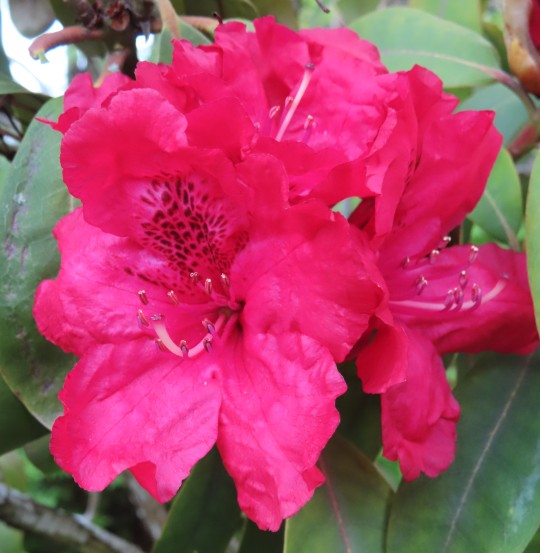
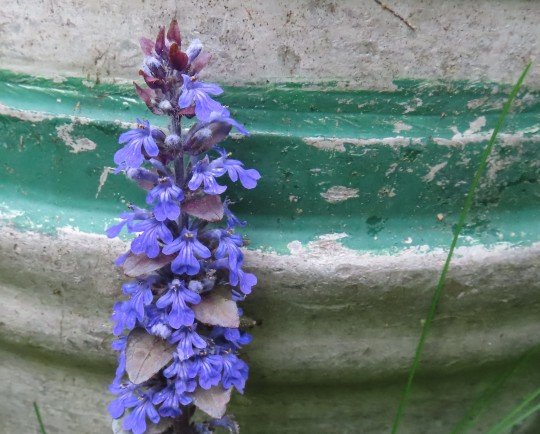
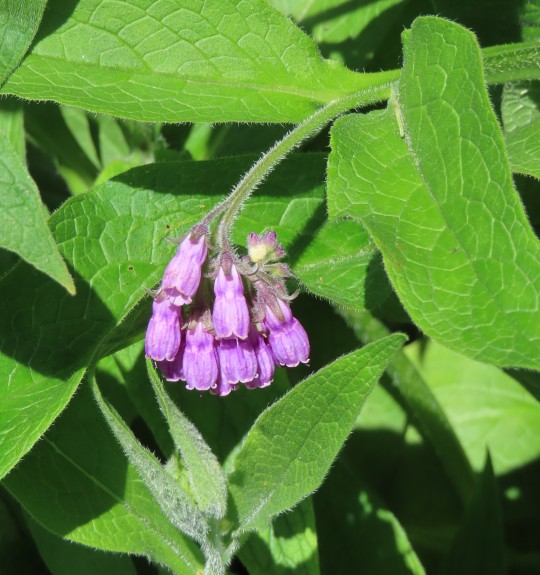
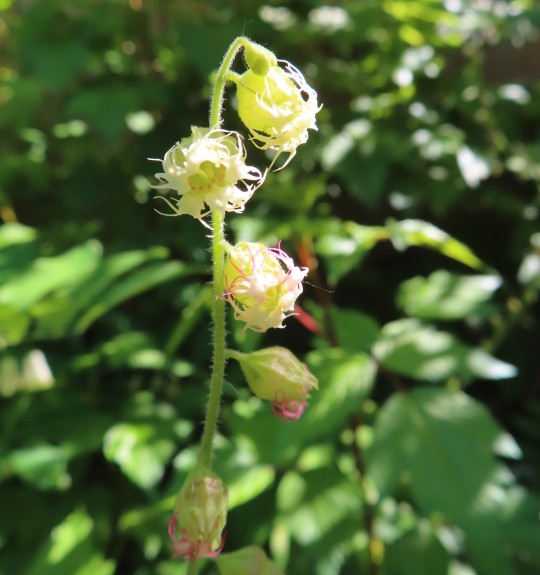
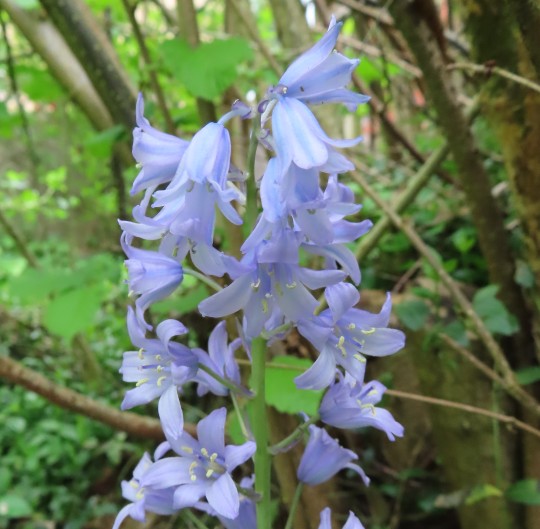
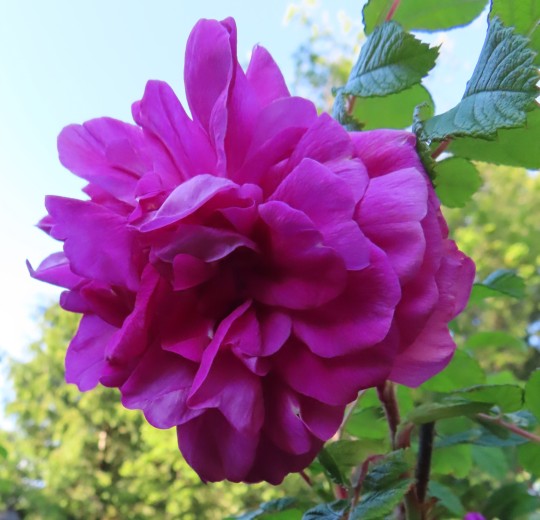
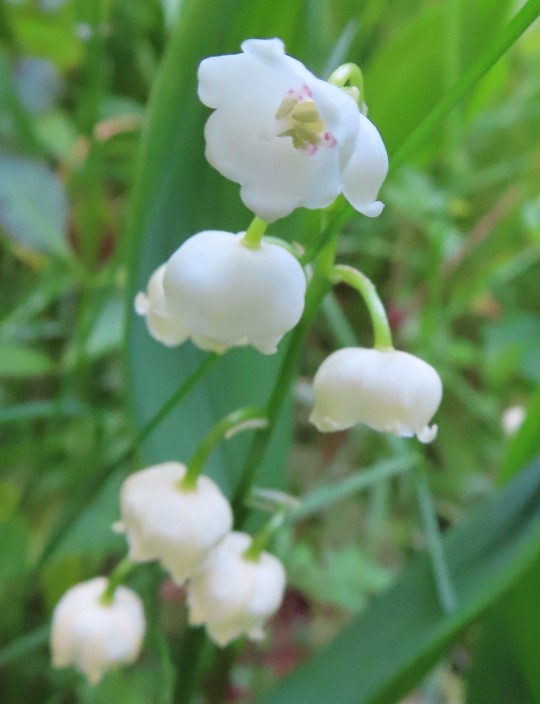
What's blooming in the garden today? Well maybe it's time for another walk down the garden path. As regular visitors know, the house is up for sale and by next summer I expect to have a planter box on a balcony, and maybe a couple of houseplants for company. This is day three of my garden tour. I hope you're enjoying it. I know I am.
And I'm not done yet...
In order of appearance:
Rhododendron hybrida
Ajuga reptans (bugleweed)
Symphytum x uplandicum (Russian comfrey)
Tellima grandiflora (fringecups)
Hyacinthoides non-scripta (common bluebell)
Rosa rugosa (rugosa rose)
Convallaria majalis (lily-of-the-valley)
#flowers#photographers on tumblr#our garden#May flowers - episode 3#gardening#fleurs#flores#fiori#blumen#bloemen#Vancouver
79 notes
·
View notes
Text

Tellima grandiflora Fringe Cups
74 notes
·
View notes
Text


Went to see some family today and went on another nature walk with my grandpa, just in time to see the cats ears (Calochortus tolmiei) blooming! And everything is so much taller and greener than when I was there just two weeks ago, it's gorgeous
Edit: Found the name of this weird stalky flower thing I found!! Called a fringecup (tellima grandiflora)

10 notes
·
View notes
Photo

Tellima grandiflora
#Tellima grandiflora#growwild#grow wild#wildflower#wild flower#wildflowers#wild flowers#flower#flowers#plant#plants#nature#nature photography#photography#native#natives
40 notes
·
View notes
Photo


Fragrant Fringecup, Tellima grandiflora
#photographers on Tumblr#original photographers#original photography on tumblr#original photographs#Fragrant Fringecup#Tellima grandiflora#spring#flower#blossom#bloom#wildflower#forest#woods
30 notes
·
View notes
Text



Fringecup - Tellima grandiflora
101 notes
·
View notes
Photo








Understory plants - so important in mixed borders - Geranium Kashmir White and Geranium Walters Gift with lovely purple splash on leaf. Geum rivale Leonards Variety, Heuchera Palace Purple with Tellima grandiflora and Astrantia Roma (a lovely mix under Rosa moyesii) Veronica gentianoides. Tomatoes without grow bags this year.
Beck Farm’s answer to Nigel - !!
1 note
·
View note
Link
Fringecup is an attractive ground cover herb commonly misidentified as alumroot when not flowering. This misidentification is so common that fringecup obtained the common name false alumroot. Despite the confusion, fringecups are easily discerned from alumroot by their deep, cup-shaped calyx and striking petals. The fragrant flowers grow on tall, slight stalks that emerge between April and June. The petals usually start out green or cream-colored, then darken to pink or red as they age. The flowers attract many pollinators including bees, butterflies, and hummingbirds. Fringecups also attract pest-eating insects such as ladybugs and have been known to repel slugs.
0 notes
Photo

Tellima grandiflora or Fringe cup is always a weird favourite Tynehead Regional Park April 27th 2018
2 notes
·
View notes
Text
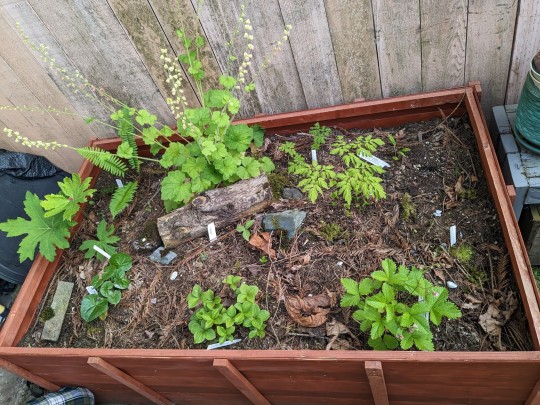
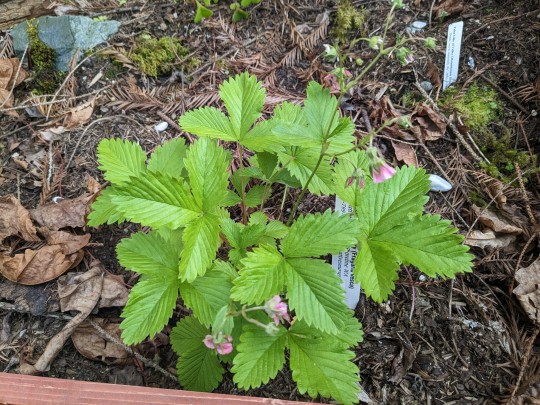

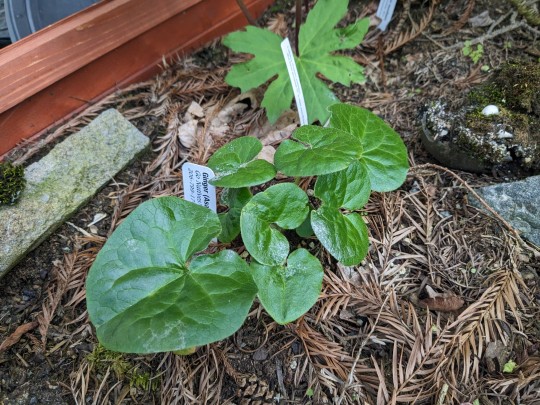

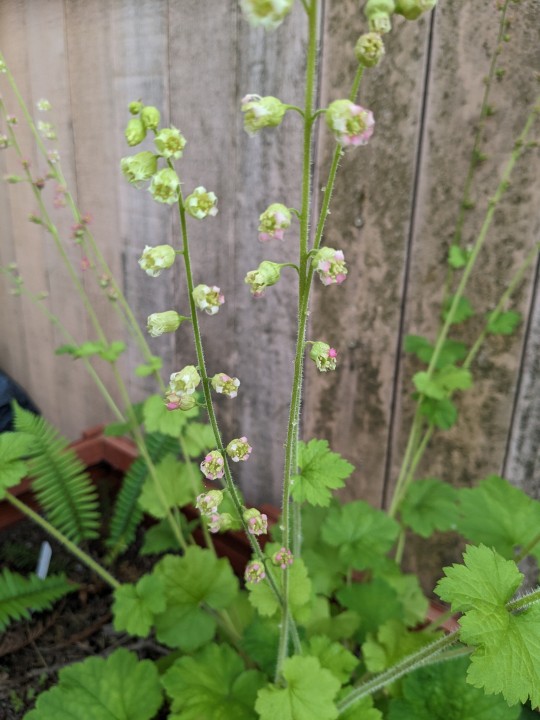
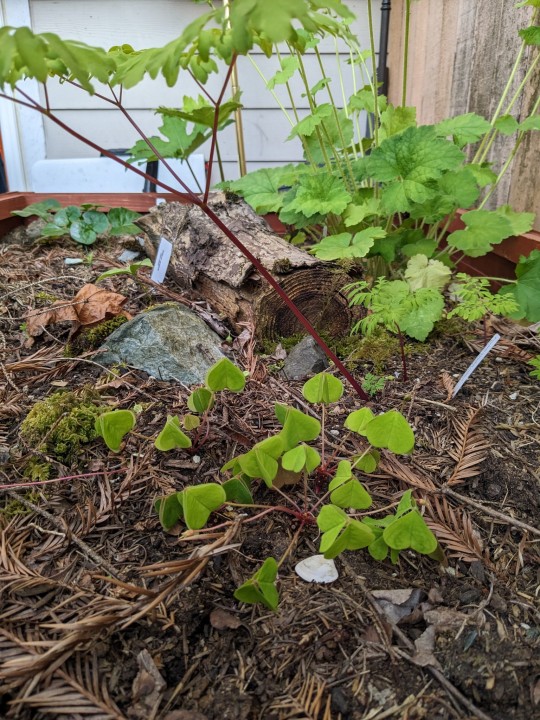
Native planter box update 5/19/23
#pnw native plants#native plants#fragaria vesca#oxalis oregana#corydalis scouleri#cornus canadensis#asarum caudatum#petasites palmatis#tellima grandiflora
12 notes
·
View notes
Photo

can’t get enough of my tellima grandiflora. have a great week! . #tellimagrandiflora #nativeplants #landscapedesigner #gardendesigner #gardencoach #gardentalk #gardenadvice #gardentips #quickstartyouryard #sustainable #planting #seattle #pnw #seattlegardens #pnwgarden #urbangarden #citygarden #americangarden #lovegardens #lovegardening #happygardening #localbusiness #smallbusiness #womaninbusiness #shotoniphone (at Queen Anne, Seattle) https://www.instagram.com/p/CACpyVuA9RE/?igshid=nog5k0qgj7r6
#tellimagrandiflora#nativeplants#landscapedesigner#gardendesigner#gardencoach#gardentalk#gardenadvice#gardentips#quickstartyouryard#sustainable#planting#seattle#pnw#seattlegardens#pnwgarden#urbangarden#citygarden#americangarden#lovegardens#lovegardening#happygardening#localbusiness#smallbusiness#womaninbusiness#shotoniphone
0 notes
Text
How to Grow Epimediums Flower
Dependable in dry shade, the evergreen assortments of this plant make superb ground spread with their wiry fanning stems and heart-molded leaves. Trim clusters with shears in spring so developing blossoms can be seen over the foliage.
Cheerful to develop in unwelcoming spots, huge numbers of these plants are evergreen, and there's a colossal scope of shapes and sizes – from gleaming leaved asplenium to intense polystichum and the rich, dampness adoring Osmunda regalis.
Hydrangeas – Once settled, these bushes will give solid summer shading underneath trees or on the obscure side of a greenery enclosure. Intense and flexible, they arrive in an assortment of sizes and distinctive structures, including climbers.This valuable plant progresses admirably, even in dry shade. G. endressii and G. x oxonianum can be pretty thuggish and self-seed uninhibitedly, yet G. macrorrhizum, G. phaeum and G. versicolor make great ground-spread plants in full or halfway shade.

Clematis Spring-blooming C. montana and pre-winter sprouting C. viticella are great climbers for obscure spots. Like all clematis, they lean toward their foundations in shade and heads in sun, so plant them where they can scramble up a divider or through a tree or bush.
Helleborus Orientalis – Invaluable in winter and spring, these weathered leaved perennials are harder than their sensitive hanging heads may demonstrate. Plant on a bank or where you can turn upward into the blossoms. H. foetidus, the stinking hellebore, possibly smells on the off chance that you contact it and does well in exceptionally dry shade.
Persicaria virginiana 'Spear Corporal' – This enduring foliage plant has the right to be better known. Glad in incomplete or full shade, its splendid green leaves have striking dim chevron markings. It favors a dampness retentive soil however will develop in dry shade and self-seed on the off chance that you are fortunate.
Tellima Grandiflora – A semi-evergreen, tallish, ground-spread lasting that does all around planted around trees. It sends up towers of white or green-tinged chime formed blossoms above rosettes of leaves from May to July. Despite the fact that it lean towards a dampness retentive soil, it will do nearly also in dry shade.
Galium Odoratum – Sweet woodruff embraces the ground with whorls of foliage and starry white blossoms in spring and late-spring. It bites the dust back for a couple of months, re-rising in early fall. Incredible underneath hellebores, among plants or in dull corners, yet it very well may be wild.
Cyclamen Coum and Cyclamen Hederifolium – C. coum blossoms in pre-spring and late-winter and needs a sodden soil, while C. hederifolium is cheerful in dry shade and blossoms in August and September. Plant both where they won't be bothered and, when built up, they will spread underneath deciduous trees.
0 notes
Text
SATURDAY 22/04 7:04 PM 55º, sunny
It’s been about a week and a half since I was at Carkeek Park last. This patch of ladyferns (Atherium filix-femina) just off the trail is almost fully grown. They’re maybe a metre high. Behind the ladyferns is an Indian-plum (Oemleria cerasiformis) I hadn’t noticed. You can see this plant in previous pictures of this site, so apparently I’m just oblivious. The fringecups (Tellima grandiflora) are recognizable to me, now. The cups themselves have... emerged? The plants were just the leaves before. I don’t know if the cups actually bloom, but some of them are still furled. Nothing new besides has bloomed.
These trees that I think are alders (Alnus), I still think they’re alders. Their leaves are at least twice as big as they were when I was here last. Additionally, there are alder cones all over this area.
[EDIT: After I left, I began second-guessing myself again. The trunks are tall and generally straight with only small branches closer to the top, but the trunks aren’t covered in the lichen spots characteristic of alders.]
There is what I believe to be a young maple, presumably a big leaf maple (Acer macrophyllum) across from the ladyfern patch. The leaves probably aren’t larger than the palm of my hand yet, but large enough to determine the tree is a maple (or at least not an alder).
The birds are screaming. All of them. Non-stop. I don’t recognize any calls. [At least] Two of the birds were screaming calling in response to each other. I presume they were delineating territories.
1 note
·
View note
